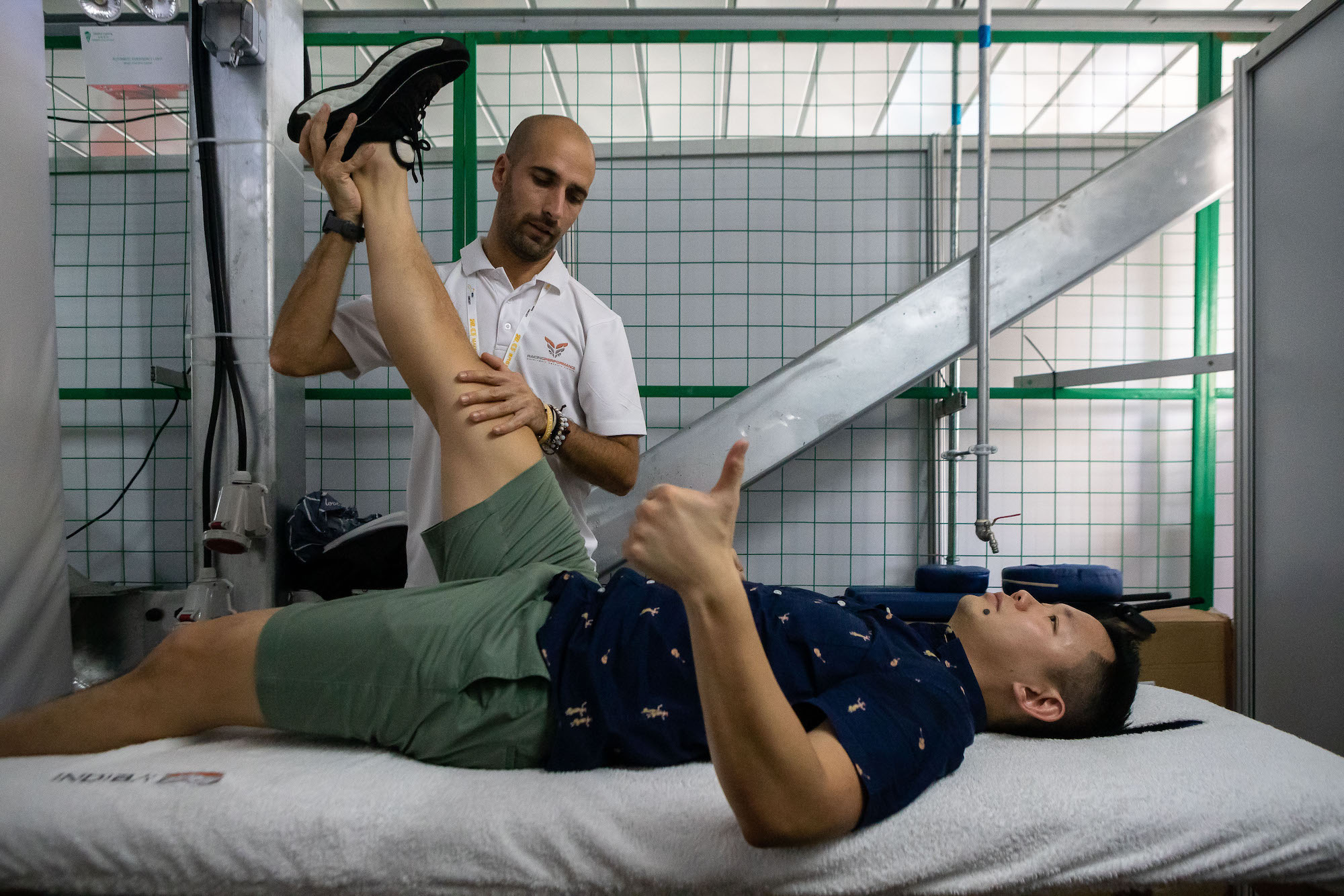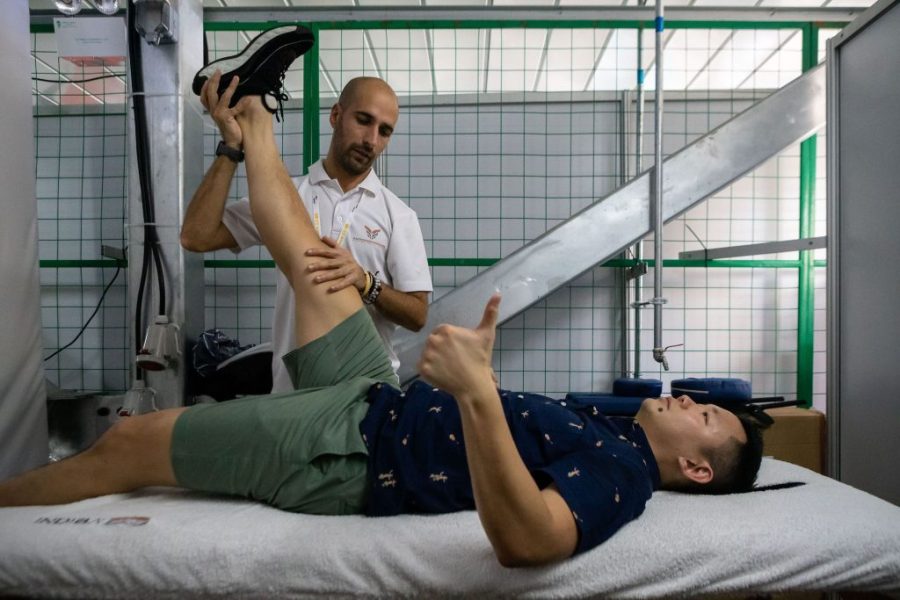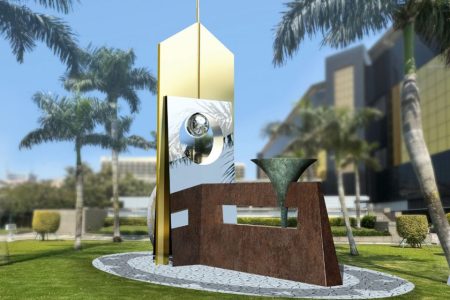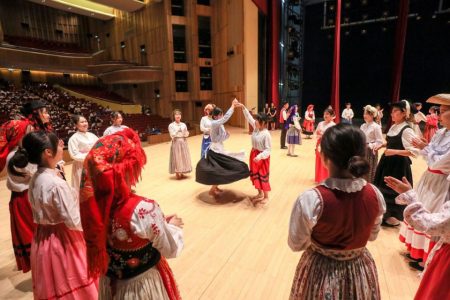You’ve heard all about the support race drivers get from their pit crews, engineers and race directors. But an equally vital member of the team is the physical trainer.
Tuscan-born Federico Stirpe is the physical trainer for Indonesian driver Anderson Tanoto – who raced yesterday at the Greater Bay Area GT Cup (GT3) – and has travelled the world in the course of a career that has seen him work his healing magic on more than 100 drivers.
The worst events he has dealt with? “Twenty-hour races,” he says, referring to series like CrowdStrike 24 Hours of Spa or 24 Hours of Le Mans are held where the driver who covers the most distance in a full-day race is declared the winner.
“I have seen a lot of drivers who were close to death,” Stirpe says. “It’s not easy physically and mentally.” Problems are especially acute in hot climates, like those of Abu Dhabi, Singapore and Malaysia.
Federico Stirpe has worked in motorsports for nine years, starting from Formula 3 and 2, before progressing to FIA World Endurance Championship and now the GT Championship. He explained that the preparations for drivers start in the gym. “It’s about four hours in the gym and two to three hours of cardio like cycling and running,” Stirpe says.
[See more: Here are the highlights from day one of the 2023 Macau Grand Prix]
The physical demands for a racing driver are high. Most race vehicles generate a lot of heat due to their high speeds and few vehicles have air conditioning. According to F1 Chronicle, drivers can lose between 2 and 3 kilograms per race.
Besides cardio, the other two important daily routines are “mobility and rest.” In the past, Stirpe explained that drivers would often push past their limits. But today physical trainers like himself, focus more on prevention and performance.
“On race weekends, we wake up by 7 am and do 15-20 minutes of stretching and mobility,” he says. Preparations right before a practice session, qualifier or race are a mixture of different exercises. Some of them involve flashing lights for reaction time training. Workouts with elastic bands help with mobility and stretching.
Stirpe also manages the hydration, meals and other details with the idea of making sure the driver focuses solely on the race.
The last and most important thing for relaxation he mentioned is massages. After every session of workouts and sometimes even before the driver enters the car, a massage is a must he explains, for both – mind and body. “It’s usually the neck, lower back and glutes,” Stirpe says.
“And then after we’re all good, we end it with a high-five.”






